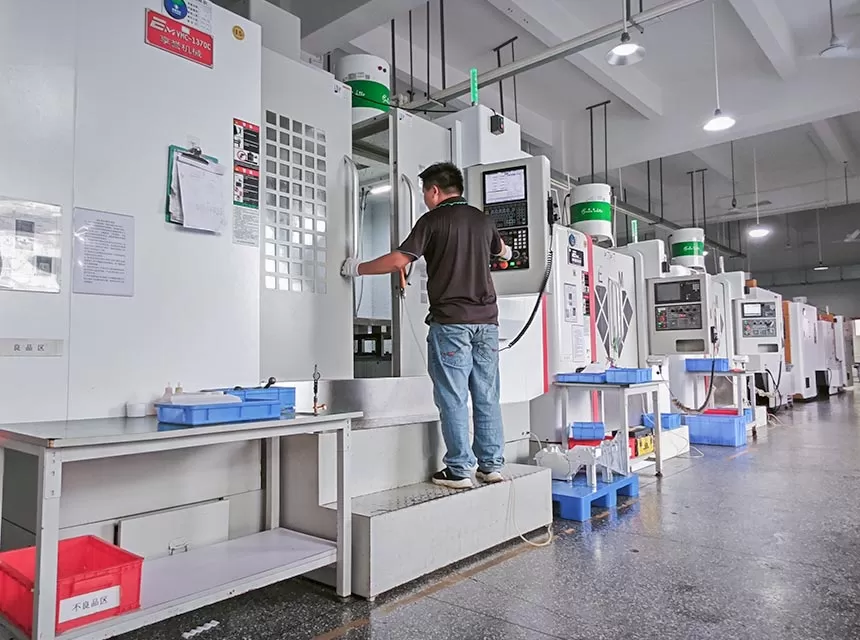CNC machining is a technology that has transformed the manufacturing industry by providing a faster, more accurate, and cost-effective way to produce complex parts and components. With the use of computer-controlled machines, CNC machining has made it possible to achieve high levels of precision and accuracy in producing various shapes and sizes of parts.
CNC Machining Working Principle
The working principle of CNC machining is relatively simple. The process begins with creating a digital model of the part or component using computer-aided design (CAD) software. The digital model is then converted into a set of instructions, commonly known as G-code, which the CNC machine reads and executes.
The CNC machine then uses these instructions to carve the part from a block of material. The machine’s cutting tools move along three axes (X, Y, and Z), and in some cases, a fourth or fifth axis, to create the desired shape. The process is incredibly precise, with many CNC machines capable of producing parts with tolerances of just a few thousandths of an inch.
How CNC Machining Works
CNC machines can be programmed to create a wide range of parts and components. The process begins with a block of material, which is secured to the machine’s worktable. The cutting tool is then positioned over the block, and the machining process begins.
The cutting tool moves along the X, Y, and Z axes, carving away material to create the desired shape. The machine’s computer control system ensures that the cutting tool moves precisely and accurately, making adjustments as needed to ensure that the part is created to the desired specifications.
Once the machining process is complete, the finished part is removed from the machine and inspected for quality. If any adjustments need to be made, they can be made easily using the machine’s computer control system.
Advantages of CNC Machining
CNC machining offers numerous advantages over traditional manufacturing processes. Here are some of the key benefits of using CNC machining:
High Accuracy
CNC machines can produce parts with incredible precision, making them ideal for applications where accuracy is critical.
Fast Production
CNC machines can produce parts quickly and efficiently, reducing lead times and making it possible to produce parts in large quantities.

Cost-Effective
CNC machining can help reduce costs by minimizing material waste and maximizing efficiency. CNC machines can also work 24/7, increasing productivity and lowering labor costs.
Versatility
CNC machines can be programmed to produce a wide range of parts and components, making them ideal for diverse applications. They can also produce parts with complex geometries that would be difficult or impossible to make using conventional machining methods.
Applications of CNC Machining
CNC machining is used in a wide variety of industries, including aerospace, automotive, medical, and electronics. It is particularly useful for producing parts with complex shapes and geometries, such as turbine blades, engine components, and medical implants.
Conclusion
CNC machining has revolutionized the manufacturing industry by providing a faster, more accurate, and cost-effective way to produce complex parts. By understanding the working principle of CNC machining and its advantages, you can appreciate the incredible precision and versatility of these machines, and how they contribute to the growth and success of various industries. If you’re looking for a reliable and efficient way to produce complex parts or components, CNC machining is the way to go.


